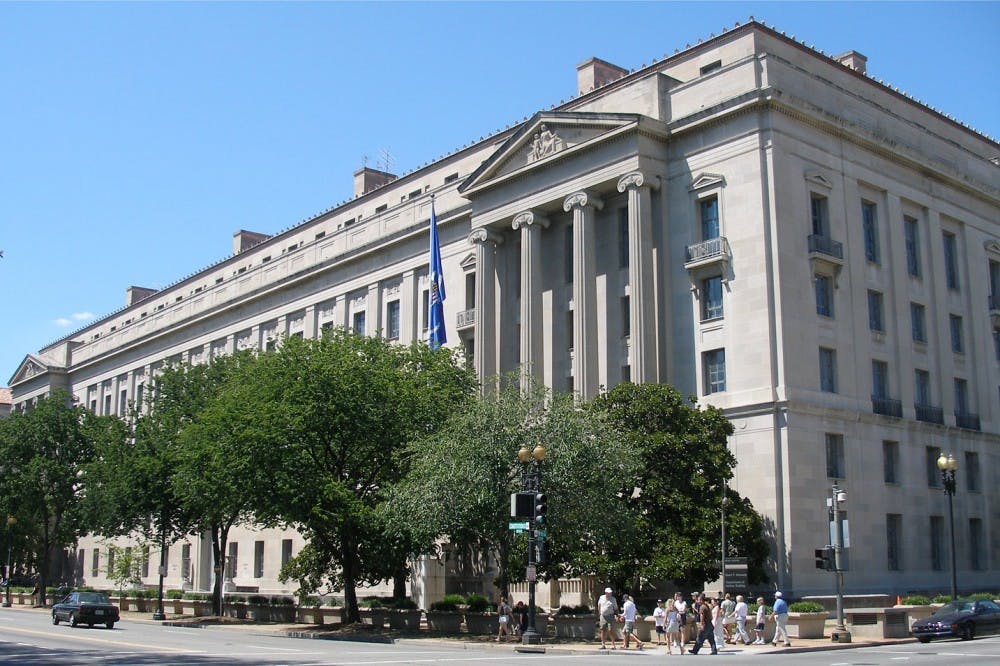The practice of affirmative action in our country has a very complex and at times contradictory history. Modern day policies are most heavily influenced by a 1978 Supreme Court ruling that declared race-based quotas in college admissions to be unconstitutional. In order to continue their efforts towards diversity though — and to ensure indemnification against future court rulings — colleges began to obfuscate the details of their admissions procedures, exchanging forthright quotas for more nuanced racial biases. It was from here that our modern understanding of the term was born, and despite myriad subsequent rulings, this practice has remained mostly unchanged.
Establishments of higher learning do not obscure their use of such policies — as public statements often make clear — and the goal of these largely disjoint institutions seems to be singular in nature: to build a diverse student population. While I will not argue the merit of such a goal — or perhaps the lack thereof — I will contend that the affirmative action policies employed by many of these colleges in fact have destructive and often overlooked effects when it comes to a certain minority demographic — Asian-Americans.
As innumerable studies have demonstrated, there is an inherent bias against Asian-Americans in the college admissions process. Perhaps the most infamous of these analyses is a study conducted by famous sociologists Thomas Espenshade and Alexandria Radford, which determined that, on average, Asian-Americans need to score 140 points higher on the SAT than White Americans to have an equal chance of admission. There is also evidence of Asian-Americans being consistently rated lower on personality traits when being evaluated by admissions officers and quantitative evidence that Asian-Americans are the most underrepresented demographic at Ivy League colleges relative to their application numbers.
Perhaps the most convincing proof of this bias can be demonstrated by examining the demographic makeup of colleges that don’t use affirmative action. In 1996, California Proposition 209 forbade public state universities from considering race as a factor in admissions. Consequently, over 40 percent of the student body of the prestigious UC Berkeley is comprised of Asian-Americans, and similar trends can be seen in other California state schools. This is contrasted by the historical demographics of Berkeley prior to the passing of this bill — whose Asian undergraduate enrollment has more than quadrupled since then. You won’t find me complimenting California legislation very often, but they’ve truly nailed this one and I believe similar laws should be implemented nationwide.
This evidence makes it clear that so-called “diversity” is not in fact the true goal of these institutions, but rather a certain vein of diversity. In an attempt to increase the proportion of Hispanic and African-American students, colleges have perhaps unknowingly created a reverse bias for Asians, who still on average tend to be the wealthiest and most educated demographic despite these obstacles. Their ideal racial makeup would be one that mirrors the population of our country to a tee, but in striving towards this paragon, they have compromised fairness and equality.
Much of this information has recently been brought into the public sphere by the commencement of a Department of Justice investigation into Harvard University’s admissions policies. Filed jointly by more than 60 Asian-American organizations, the ongoing examination seeks to discover whether or not the racial biases that the institution admits to using actually comprise discrimination. However, obtaining palpable evidence of widespread, systemic bias is nigh impossible due to the nuanced and confidential nature of the processes. Thus, when making a determination, the public must primarily use numerical data, which overwhelmingly supports my claims. Regardless, I would hope that the investigatory committee can find evidence of this malpractice so that a legislative remedy may be concocted.
From a philosophical standpoint, the concept of fairness is one that sparks much debate. Personally, I view a fair system as one that affords equality of opportunity to all individuals, though this may not necessarily correlate to equality of outcome. In order to reconcile this imbalance however, the systemic causes of disparate achievement gaps must be addressed, rather than tweaking bureaucratic processes to produce more favorable results. I care not for petty quarrels over the utility of affirmative action, but the effects of this discriminatory institution on the Asian-American community are virtually incontestable. Thus, I implore more level-headed discussion of this topic and the underlying issues, so that a just solution can be determined.
Milan Bharadwaj is an Opinion Columnist for The Cavalier Daily. He can be reached at opinion@cavalierdaily.com.







